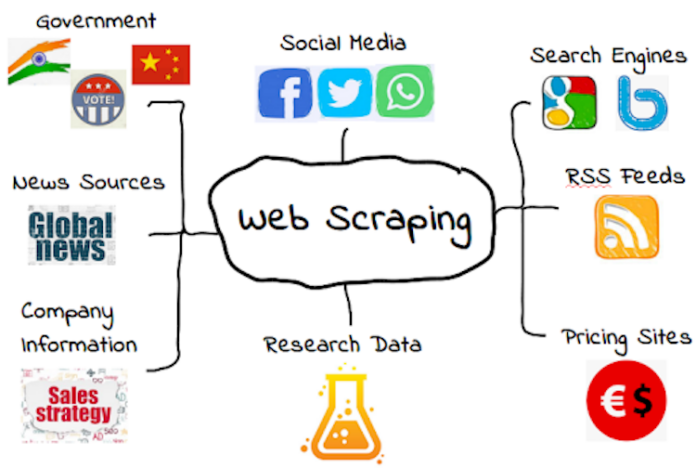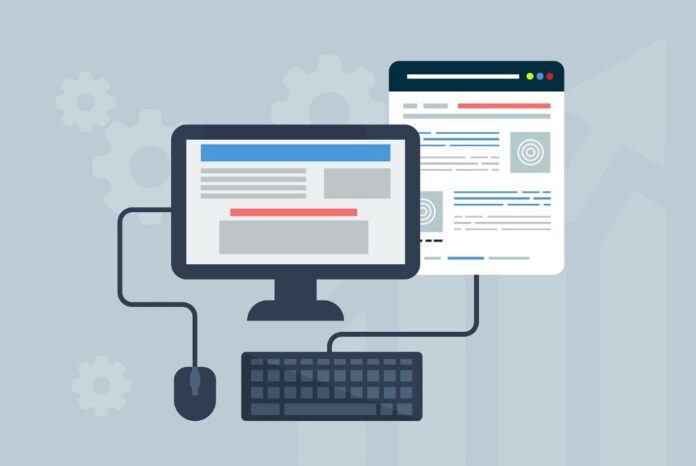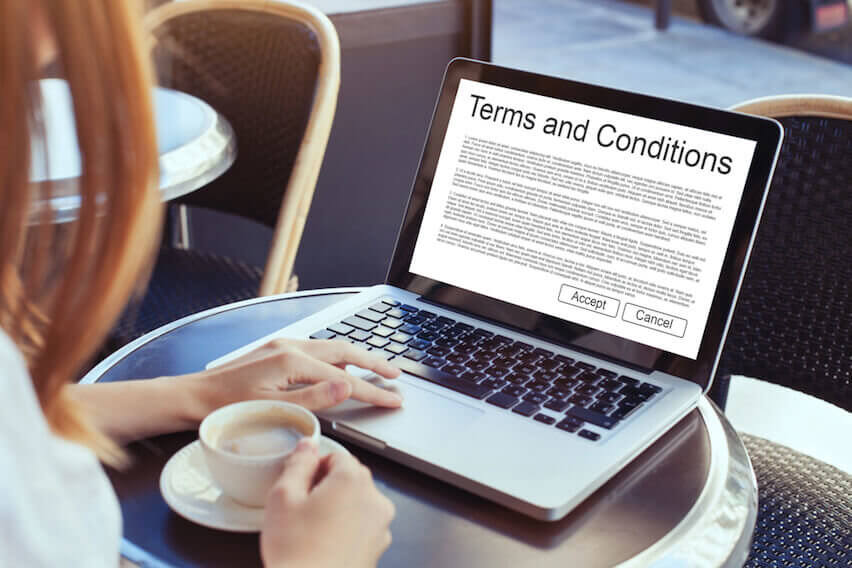
Due to the currently ongoing pandemic, many companies have had to move their entire businesses and operations online. Naturally, this has had an enormous effect on the digital world, and nowadays, companies need to use different methods to obtain crucial information.
Truth be told, web scraping is not a new concept at all, but still, some people are unfamiliar with it. If you are not sure about it really is, how it works, or how to use it to your advantage, continue reading this article because we will tell you everything you need to know.
What is web scraping?

Simply put, it is an extraction of any kind of data from a web page. Yes, you have probably done this a million times by looking for information online. You may have even copied the entire page to save the data on your laptop.
In the past, this was done manually by literally copying and pasting text, but nowadays, there are numerous tools you can use to automate this process. Businesses use it to obtain data regarding the price of their competitor’s merchandise or to attract new customers via digital marketing, and customers use it to find their favorite products on sale.
This method can provide you with numerous benefits, and you should first learn more about web scraping to understand how to implement it correctly.
Things to consider
Even though this can be a bit of a complex process if you know nothing about it. It is why we said you need to dig deeper to learn everything about it. However, here are some things you need to consider and tips on how to ensure the process is successful.
1. Dynamic vs. static websites

The very first thing you need to think about is whether the website you have chosen is dynamic or static. What is the difference? Well, every website includes HTML code on every page. However, this code can often change if we are talking about a dynamic one.
This is not the issue when it comes to static websites because all you have to do is set the software and click on a single button to initiate the process. The problem arises when the code changes since the software cannot recognize it. Nevertheless, users can easily notice this, and therefore, easily adjust the script before running it.
2. Do not burden the website
Not burdening the servers is the number one rule you need to follow when using this technique to extract data. How to do this? Well, you need to be careful about the frequency of web scraping to make sure it doesn’t affect the page’s usual operations in any way. Firstly, you should limit the frequency of this process to the page from a single IP address.
In addition, it is also a good idea to avoid starting web scraping during peak hours, meaning during the time people usually visit it. What’s more, you should also provide administrators with a chance to contact you at any time and report abuse. You should immediately shut down the software or limit it when you receive this notification.
3. Think about the data

Now, many people wonder whether web scraping is legal, and considering it enables you to obtain any sort of information, it is understandable why it is so confusing. The bottom line is that you need to consider whether the content you need is copyrighted.
Any type of content that a person creates is protected, meaning that others cannot use it without authorization. When it comes to the digital world, it can include anything from photos and sounds to articles and stories.
In what instances can you use this content? Firstly, there is fair use, meaning you use it for research, comments, and even news reporting. Naturally, you should always state the owner’s name or post a link to their website.
Then there is a transformative use, meaning you don’t copy the text word for word but instead adjust it in a way that doesn’t violate copyright.
4. Do not obtain personal information
Is it essential to explain that you cannot download private data under any circumstances? This information is protected by General Data Protection Regulation (in EU law), and the moment you obtain even a single detail, unless you have legal authorization, you are breaking the law.
We are talking names, phones numbers, addresses, emails, usernames, IP addresses, financial and medical information, etc., of the citizens of the EU. No one is allowed to gain access to this data unless they have a person’s permission, and you don’t have it when it comes to web scraping.
Now, you must be wondering how companies manage to get this data. Well, the truth is that there are two ways. The first one is that they contact the users personally and ask them for permission to generate data, store it, and use it according to the agreement. Yes, you agree to this every time you sign up to a new platform or download and install an app. On the other hand, they can collaborate with a third-party company that acts as a mediator.
5. Read the website’s terms and conditions

Finally, before you initiate this process, you need to make sure that you are allowed to do it. When you log in, the first thing you should look for is the list of terms and conditions imposed by the owner of the page.
In some cases, it will be clearly stated that you cannot scrape the information for their database, and if this is the case, you shouldn’t do it. Due to this reason, you need to carefully read this contract the moment you open the website in your browser.
Wrapping up
To sum up, these are some essential things you need to think about before obtaining any kind of information via web scraping. Obviously, you should follow these rules to ensure the entire process goes smoothly and avoid any type of issues in the future. Also, if this technique seems complex, you can always employ professionals to do the work for you.








